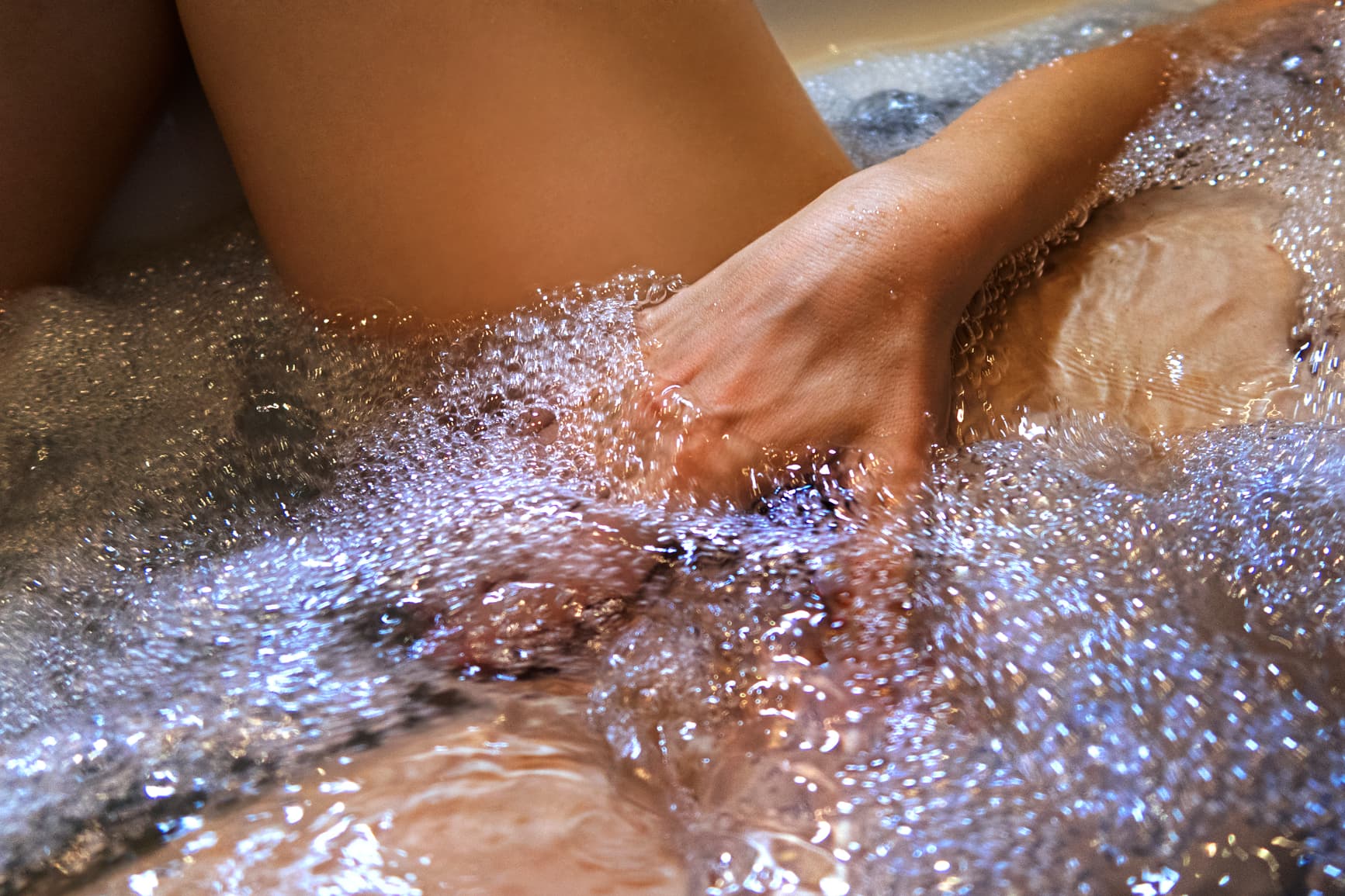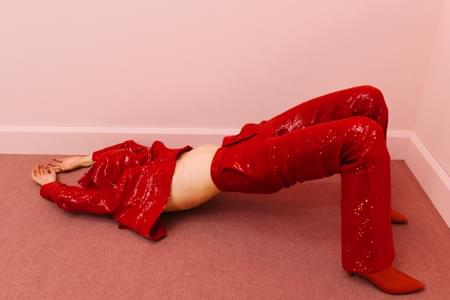This website will offer limited functionality in this browser. We only support the recent versions of major browsers like Chrome, Firefox, Safari, and Edge.

Getting off. Rubbin’ one out. Flicking the bean. There are so many euphemisms for self-pleasuring and masturbation, but these were the only ones we could think of that apply to vulva-owners. This is not an accident, either. Throughout history, cisgender women and vulva-having folks have been consistently reminded that their pleasure is not a priority, and self-pleasure has been seen as taboo and stigmatized. And while we have come a long way by promoting women’s sexual pleasure (ahem, ‘WAP’), there’s still a lot of work to do. It’s time we drop these sex-negative messages at the door and reclaim sexual pleasure as the human right that it is!
Recognizing the benefits of self-pleasure
It is well known that engaging in self-pleasuring is associated with many health benefits due to a release of mood-boosting hormones that occur during orgasm. Additionally, research suggests that having vaginal orgasms is a consistent predictor of greater sexual satisfaction among women. In a 2019 study exploring masturbation among bisexual and queer women, the majority of women reported experiencing satisfaction following masturbation and they believed it was ‘a good and healthy thing’ and a component of sexual health.
Did you know that learning about self-pleasure can actually improve people’s lives?
We are seeing this transformation through resources such as, OMG YES, an online tool designed to help women (and their partners) understand specific techniques they can use to enhance pleasure and experience orgasm. OMG YES showcases cisgender women discussing their experiences of sexual pleasure and was founded on the premise that until recently, there really has not been any research that explored specific techniques that women enjoyed sexually. This is not surprising given what we know about the state of human sexuality education.
In a paper examining the ways human sexuality is portrayed in science textbooks used in schools for 14-16 year olds in the United Kingdom, the authors found that 10 of the 15 books they evaluated made no reference to the clitoris, either in the text or in illustrations. Excluding clitoral anatomy from human sexuality education, is like eliminating candles on a birthday cake, it just doesn’t make sense. Omitting the only body part on the vulva whose purpose is specifically for pleasure is problematic and leaves quite a few gaps in sexuality education.
ICYMI: Sub-par sexuality education does not have to hold you back as an adult
So we thought this would be the time to share some positive news! In case you missed out on learning about clitoral anatomy in your sex ed class, we’ve located this 3D model of the clitoris courtesy of researcher, Odile Fillod. There are also tons of amazing sex ed resources online that offer blogs, online courses, and more. Here are some of our favorites: Talk Tabu, SIECUS, Planned Parenthood, The Center For Sexual Pleasure and Health, Embrace Sexual Wellness, and more.
While no textbook is perfect, the reasons for this could be that for a long time people thought vulva-having folks only experienced orgasm vaginally, which we know is actually incorrect and quite limited. There are several sensory zones that when stimulated can elicit pleasure and orgasm; these areas include but are not limited to the external clitoral glans, the internal region around the “G-spot”, the cervix, and the nipples.
Results from a 2018 study of women’s sexual experiences using a U.S. probability sample suggest that only 18.4% of women experienced orgasm from vaginal intercourse alone and 9% of women did not have orgasms during intercourse. Women reported a substantial increase in orgasms and the quality of their orgasms during sex when clitoral stimulation was included.
For a long time, gendered norms and sexual scripts have reinforced the notion that women should not pay attention to their sexual needs and instead, direct their attention towards their partner’s experience. These scripts have been a consistent barrier to women’s sexual pleasure and have contributed to faking orgasm, as well as decreased satisfaction with and lack of interest in sex.
A recent study published in Current Sexual Health Reports reviewing the longstanding gendered orgasm gap and orgasm equality suggests that masturbation is essential for women in order to combat the orgasm gap. These findings are consistent with recommendations present in the latest edition of Principles and Practice of Sex Therapy that purport the best evidence-based technique for women struggling with orgasm concerns is to explore which type of clitoral stimulation they need and then translate that information to their partners to mimic the type of stimulation during partnered sex.
So, the [sex] doctor prescribed some self-pleasuring. Now what?
Remember, self-pleasuring is normal and healthy.
Self-pleasuring is one of the safest and most universal ways people are sexual. In the 2019 TENGA Self-Pleasure Reportsurveying over 10,000 people in over nine countries, 84% of Americans reported self-pleasuring. Additionally, 74% of Americans reported that they considered masturbation to be a form of self-care.
Discover your bod...after all, you are fabulous
Explore sensations and experiment with different types of touch. Discover which areas are most sensitive for you and what types of pressure you may enjoy. If you are a self-pleasuring newbie and you gravitate towards structure, a guided exercise may be for you.
Stay focused on the goal
Remember that exploration is the goal, not orgasm. Try to experiment and connect with your body. Relaxation is key for pleasure and orgasm, so it’s important not to rush the process or add in any pressure to the experience. You will be more likely to experience sensations as pleasurable if you can stay present and avoid distractions.
Consider integrating a pleasure device
Feeling unsure what type of stimulation may work for you? Consider using a vibrator or what I like to call, a pleasure device. Research suggests that vibrator use is incredibly common and has been known to be associated with positive sexual functioning for vulva-having folks. Did you hear that? Science says vibrators are good for your health. Remember that next time you’re online shopping.
_____
We have a deep dive on masturbation in your personalized Wellness Plan. Learn more and start your journey to sexual wellness in the Rosy App today!
Latest On XOXO Blog

Foods That Love Your Heart Back: A Dietary Guide to Cardiovascular Wellness
What you eat every day has the power to strengthen your heart—or strain it. Here’s how to make every bite count.

Stress vs. Burnout: How to Spot the Difference and Recover
Feeling constantly exhausted, unmotivated, and overwhelmed? You might be dealing with more than just stress—burnout could be the culprit.


